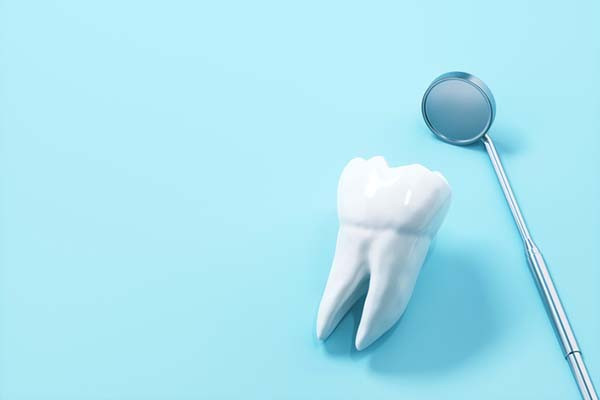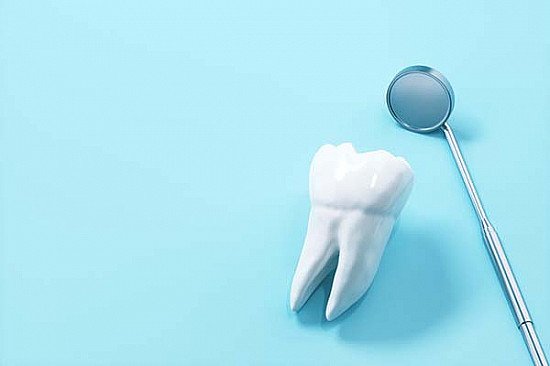[ad_1]

Cavities, also known as tooth decay or tooth decay, are a very common oral health problem: approximately 90% of adults have had at least one cavity. If left untreated, cavities can lead to toothaches and other dental problems.
Becoming familiar with the signs and symptoms of cavities and making regular visits to the dentist can help spot and treat cavities before they cause pain, affect your daily life, and (in severe cases) contribute to to more serious health problems.
Good dental health and eating habits can also help prevent cavities from forming.
What is a cavity?
When you eat, a sticky film called plaque forms along your gums and on your teeth. If not removed, the bacteria that form in plaque will produce acids when your mouth comes into contact with sugars and starches from the foods you eat or drinks you drink. It is these acids that destroy the enamel or outer layer of your teeth. Over time, a small hole, or cavity, may form.
What do cavities look like?
In the early stages, tooth decay may appear as white, brown, or black spots on the tooth. In more advanced stages, tooth decay causes holes to form in the tooth, or cavity. If left untreated, more extensive decay can progress toward the center of the tooth, where the nerve is located. This can lead to pain, infections, tooth fractures, or even tooth loss.
Your dentist will look for visual signs of cavities such as discoloration or holes in your teeth. They will check your teeth for soft or sticky areas, which can also indicate cavities. Additionally, they may take x-rays, which can reveal cavities and cavities between the teeth or under the gums.
Symptoms that may indicate decay
There are usually no symptoms in the early stages of tooth decay. But as tooth decay progresses, forming cavities, you might experience the following symptoms:
- toothache or dental pain
- tooth sensitivity to eating or drinking something sweet, hot or cold
- visible spots or holes on your tooth(s)
- bad breath.
How your dentist will treat a cavity
Treatment will depend on the stage of tooth decay. If a cavity has not yet formed, the enamel can repair itself. To help your teeth remineralize (or replace minerals lost during an acid attack), your dentist may apply a fluoride treatment to your tooth(s), in addition to prescribing a fluoride toothpaste to use at home .
If tooth decay has progressed to a cavity, it can still be repaired. In this case, your dentist will likely perform a dental procedure in which the decayed material is removed and then the hole in the tooth will be filled with a tooth-colored (composite) or silver-colored (amalgam) filling. If you suffer from extensive cavities, your dentist may recommend a range of treatments such as crowns, root canals or tooth extractions.
Your dentist can also discuss your eating and dental hygiene habits with you to help prevent further tooth decay.
Prevent cavities
These eating and drinking habits should reduce your risk of developing cavities:
- Try not to snack between meals, this limits acid attacks on your teeth.
- Avoid eating candy, cookies and other sweets.
- Also limit sticky and starchy foods, not just sweets.
- Limit or avoid sugary drinks like soda or fruit drinks.
- Do not eat after brushing your teeth in the evening; Saliva production slows down during sleep, so it is less likely to fight off acids.
- If you don’t have time to brush your teeth after eating or drinking, rinse your mouth with water and/or chew sugar-free gum to stimulate your saliva.
GOOD dental hygiene also helps prevent cavities. Make sure to:
- Brush your teeth at least twice a day for two minutes each time with fluoridated toothpaste.
- Floss between teeth daily with floss or interdental cleaner/brush.
- Use a fluoride rinse after brushing.
Finally, visit your dentist for regular cleanings and dental checkups. They can recommend a personalized home hygiene regimen based on your overall health, cavity risk, and dental condition.
[ad_2]
Source link
